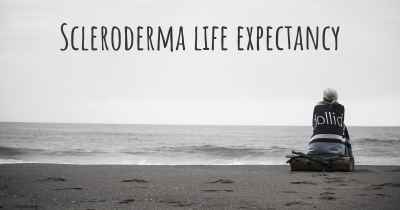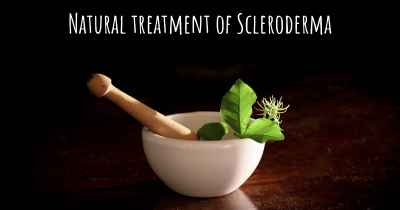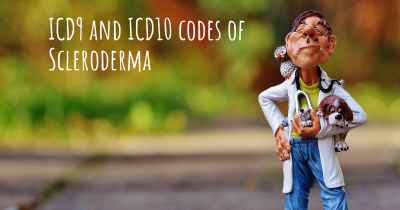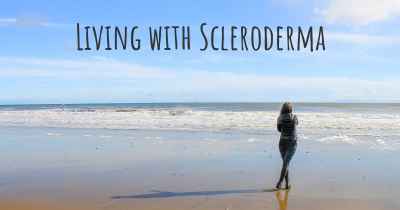Does Scleroderma have a cure?
Here you can see if Scleroderma has a cure or not yet. If there is no cure yet, is Scleroderma chronic? Will a cure soon be discovered?

Scleroderma is a chronic autoimmune disease that affects the connective tissues of the body. Unfortunately, there is currently no known cure for scleroderma. Treatment focuses on managing symptoms and slowing down the progression of the disease. Medications, physical therapy, and lifestyle changes can help alleviate symptoms and improve quality of life for individuals with scleroderma. It is important for patients to work closely with healthcare professionals to develop a personalized treatment plan.
Does Scleroderma have a cure?
Scleroderma, also known as systemic sclerosis, is a chronic autoimmune disease that affects the connective tissues in the body. It is characterized by the hardening and tightening of the skin and can also affect internal organs such as the lungs, heart, kidneys, and digestive system. Scleroderma is a complex condition with no known cure at present.
Treatment Approaches:
While there is no cure for scleroderma, various treatment approaches can help manage the symptoms, slow down disease progression, and improve the quality of life for individuals living with the condition. The treatment plan for scleroderma is typically tailored to the specific needs and symptoms of each patient.
Medications:
Medications are often prescribed to manage the symptoms associated with scleroderma. These may include:
- Immunosuppressants: These drugs help suppress the immune system and reduce inflammation. They may be prescribed to control skin and organ involvement.
- Calcium channel blockers: These medications are commonly used to treat high blood pressure and can help relax blood vessels in individuals with Raynaud's phenomenon, a common symptom of scleroderma.
- Proton pump inhibitors: These drugs can help manage acid reflux and heartburn, which are common symptoms in scleroderma patients.
- Nonsteroidal anti-inflammatory drugs (NSAIDs): These over-the-counter medications can help relieve pain and reduce inflammation.
Physical and Occupational Therapy:
Physical and occupational therapy play a crucial role in managing scleroderma. Physical therapy can help improve joint mobility, muscle strength, and overall physical function. Occupational therapy focuses on adapting daily activities to reduce strain and improve independence.
Managing Complications:
Scleroderma can lead to various complications, and managing these is an essential part of treatment. Some common complications include:
- Lung complications: Regular monitoring of lung function and appropriate treatment can help manage conditions such as pulmonary hypertension and interstitial lung disease.
- Kidney complications: Regular check-ups and managing blood pressure are important to prevent kidney damage.
- Heart complications: Regular cardiac evaluations and managing risk factors such as high blood pressure and high cholesterol are crucial to maintain heart health.
- Gastrointestinal complications: Medications and dietary changes can help manage symptoms such as acid reflux, difficulty swallowing, and bowel problems.
Supportive Care:
Living with scleroderma can be challenging, both physically and emotionally. Supportive care is an integral part of managing the condition. This may include:
- Psychological support: Counseling or therapy can help individuals cope with the emotional impact of living with a chronic condition.
- Support groups: Connecting with others who have scleroderma can provide a sense of community and shared experiences.
- Education and self-management: Learning about the condition, its management, and self-care strategies can empower individuals to take an active role in their treatment.
Research and Future Possibilities:
While there is currently no cure for scleroderma, ongoing research and clinical trials offer hope for potential breakthroughs in the future. Scientists are studying the underlying mechanisms of the disease, exploring new treatment targets, and investigating novel therapies.
Conclusion:
Scleroderma is a complex autoimmune disease with no known cure. However, various treatment approaches can help manage symptoms, slow down disease progression, and improve quality of life. It is important for individuals with scleroderma to work closely with their healthcare team to develop a personalized treatment plan that addresses their specific needs and symptoms.
Posted Mar 30, 2018 by Amy 2600
Posted Nov 21, 2018 by Juanita 1900
Posted May 18, 2017 by Montse 1151








